Curtain wall building examples design facade
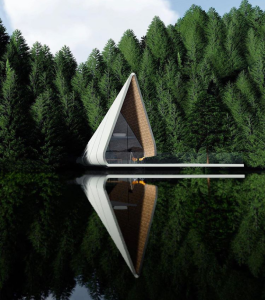
Introduction
Curtain walls have become an iconic architectural feature, showcasing the perfect blend of aesthetics and functionality. These non-structural cladding systems have transformed modern city skylines and continue to be an essential element in contemporary architecture. By enabling expansive glass surfaces and creative design possibilities, curtain walls redefine the relationship between indoor and outdoor spaces. In this article, we explore some remarkable curtain wall building examples that exemplify outstanding design and facade innovation.
-
One World Trade Center, New York City, USA
The One World Trade Center, also known as the Freedom Tower, stands as a symbol of resilience and strength, rising majestically in the Manhattan skyline. The curtain wall facade, designed by Skidmore, Owings & Merrill, reflects the building’s state-of-the-art engineering and design. It features an energy-efficient system composed of high-performance glass panels that reduce heat gain and improve thermal insulation, promoting sustainability and reducing the building’s environmental impact.
The design also incorporates an innovative system of angular facets that give the tower a distinctive appearance while maximizing natural light penetration. The sleek, reflective glass surface creates an ever-changing pattern as the sun moves throughout the day, adding to the tower’s captivating presence.
-
The Louvre Pyramid, Paris, France
Designed by the renowned architect I.M. Pei, the Louvre Pyramid is an extraordinary example of how a curtain wall can enhance the historical significance of a structure. The pyramid serves as the main entrance to the iconic Louvre Museum, juxtaposing ancient architecture with modern design.
Composed of nearly 700 glass segments and supported by a steel frame, the transparent and lightweight curtain wall elegantly encloses the pyramid’s interior while allowing an abundance of natural light to illuminate the museum’s underground space. The pyramid’s minimalist design and glass materials preserve the historical context while making a bold architectural statement.
-
The Gherkin (30 St Mary Axe), London, UK
Designed by Foster + Partners, the Gherkin is a distinctive building in London’s financial district that stands out due to its unique, curvilinear form. The building’s curtain wall facade is a key element in its energy-efficient design, utilizing a diagrid structure made of steel and glass.
The triangular panels of the curtain wall are coated with a sunshade film to reduce glare and heat gain, enhancing the building’s sustainability while providing occupants with comfortable workspaces. The curved glass panels reflect the surrounding urban landscape, contributing to the building’s iconic and visually striking appearance.
-
Burj Khalifa, Dubai, UAE
As the tallest building in the world, the Burj Khalifa boasts an awe-inspiring design that exemplifies the concept of a curtain wall building. The exterior facade, designed by Skidmore, Owings & Merrill, features a system of cladding panels made from aluminum and stainless steel.
The curtain wall is not only a testament to engineering prowess but also an essential component in maintaining the building’s structural integrity. The panels help distribute wind forces across the building, mitigating lateral movement and ensuring the skyscraper remains stable even during extreme weather conditions.
-
The Eden Project, Cornwall, UK
The Eden Project is a unique architectural marvel, nestled in the Cornish countryside. Designed by Grimshaw Architects, it consists of a series of interconnected geodesic biomes housing diverse ecosystems. The main biome’s facade is a breathtaking example of a transparent curtain wall, designed to maximize sunlight and create an optimum environment for the plants within.
Made of ethylene tetrafluoroethylene (ETFE) cushions, the curtain wall provides excellent thermal insulation and allows diffused sunlight to nourish the vegetation inside. The lightweight and adaptable nature of the material enabled the architects to create the biome’s organic shapes and create a striking visual impact.
-
Apple Park (Apple Campus 2), Cupertino, USA
Apple Park, the headquarters of tech giant Apple Inc., is a remarkable example of a curtain wall building designed to blend seamlessly with its natural surroundings. Envisioned by architect Norman Foster and his team at Foster + Partners, the campus features the world’s largest curved glass panels, creating a unified and futuristic look.
The vast circular building, often referred to as the “spaceship,” is encased in a continuous curved glass curtain wall, providing unobstructed views of the lush landscape. The glass facade facilitates a harmonious relationship between the employees and nature, fostering a creative and inspiring work environment. Moreover, the use of high-performance glass and advanced shading systems contributes to the building’s energy efficiency, reducing its carbon footprint.
-
The National Centre for the Performing Arts (The Giant Egg), Beijing, China
The National Centre for the Performing Arts, affectionately known as “The Giant Egg” due to its unique ellipsoid dome structure, is a stunning architectural masterpiece designed by French architect Paul Andreu. Located in the heart of Beijing, the building serves as a cultural hub and houses an opera house, concert hall, and theater.
The curtain wall of The Giant Egg consists of a double-layered glass and titanium shell, creating a remarkable visual effect that reflects the surrounding artificial lake. The glass facade not only enhances the aesthetics of the building but also plays a crucial role in its acoustic performance. It allows natural light to filter into the interior, providing a sense of openness and connection with the outside world while maintaining a controlled acoustic environment within.
-
Linked Hybrid, Beijing, China
Designed by Steven Holl Architects, Linked Hybrid is an innovative mixed-use complex that redefines urban living in Beijing. Comprising eight interconnected towers, the building features a strikingly perforated metal and glass curtain wall facade that creates a dynamic visual effect.
The perforations in the facade serve both aesthetic and functional purposes. They provide natural ventilation, reducing the need for mechanical cooling systems and promoting sustainable living. Additionally, the interconnected towers allow residents to move freely between buildings, fostering a sense of community and interconnectedness in this bustling urban environment.
-
Aqua Tower, Chicago, USA
The Aqua Tower in Chicago, designed by Studio Gang Architects, stands as an artistic and engineering marvel. Its undulating, wavy facade captures the essence of water in motion and earned the building its name.
The curtain wall of Aqua Tower is an exceptional example of parametric design. It consists of undulating concrete balconies and floor plates wrapped in high-performance glass, providing residents with breathtaking views of the city. The unique facade not only enhances the building’s aesthetics but also serves as an innovative shading system, reducing solar heat gain and optimizing energy efficiency.
-
The Shard, London, UK
Designed by Renzo Piano, The Shard is an iconic addition to the London skyline and the tallest building in the United Kingdom. The building’s curtain wall facade is a stunning blend of geometry and glass, accentuating the sleek and elegant form of the tower.
The facade is composed of angled glass panels that create a crystalline appearance, reflecting light differently depending on the time of day and weather conditions. The use of low-iron, high-performance glass ensures maximum transparency and excellent thermal performance. The Shard’s curtain wall not only provides an iconic silhouette but also offers panoramic views of the city from its observation decks, making it a popular tourist destination.
Conclusion
Curtain wall building facades continue to be at the forefront of contemporary architecture, redefining skylines and pushing the boundaries of design and innovation. From sustainable materials and energy-efficient systems to dynamic and visually captivating forms, the curtain wall examples mentioned above showcase the endless possibilities this architectural feature offers. As technology and design continue to advance, we can expect even more breathtaking and inventive curtain wall buildings to emerge, shaping our cities and leaving a lasting impression on generations to come.
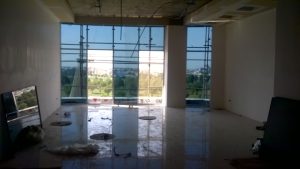

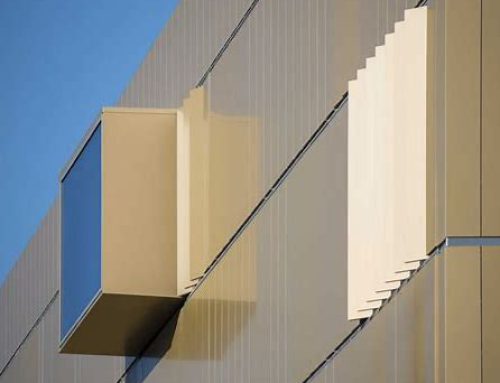

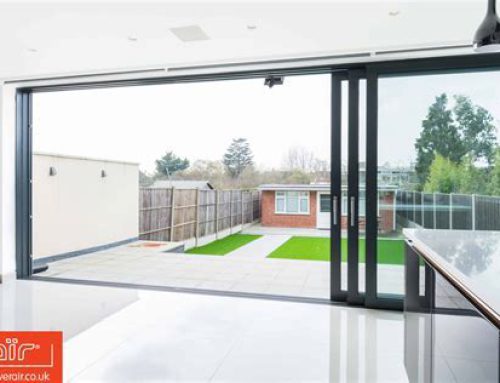
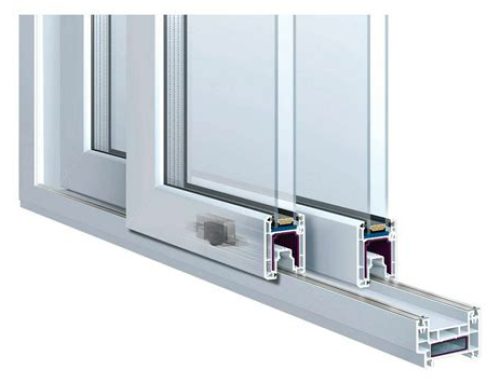
Leave A Comment